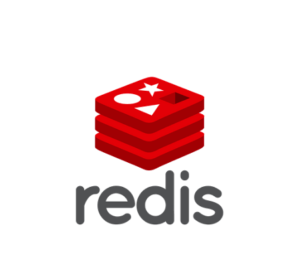
Redis is an open source in-memory data store that works really well as a cache or message broker, but it can also be used as a database when you don’t need all the features of a traditional database. It offers excellent performance, with the ability to quickly read and write data to memory.
What is Redis used for?
Redis is as often as possible used for saving pages, diminishing weight on servers and further creating page stacking times. It can moreover be used as a message delegate to work with correspondence between different bits of an application.
Could we look at some specific Redis use cases:
- Electronic gaming: Gaming programming can use Redis to store and administer game state, for instance, player profiles, game scores, and contender records, which thinks about fast and reliable continuous collaboration.
- Online business: Electronic business applications can use Redis to store and manage data associated with web shopping, for instance, thing lists, client profiles, and shopping container contents, which engages speedy and compelling shopping experiences for clients.
- Electronic diversion: Social applications can use Redis to store and administer data associated with online amusement participations, for instance, client profiles, friend records, and news sources, which considers speedy and smooth client experiences.